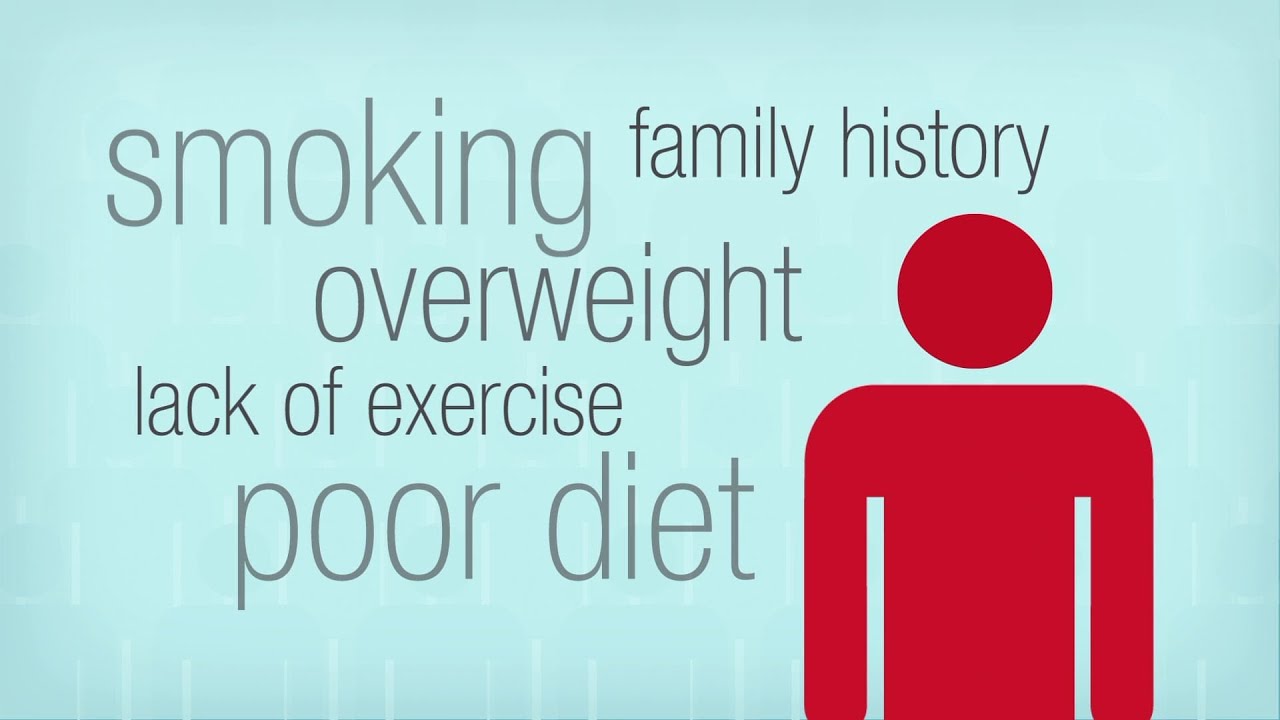Know your numbers. And what to do about them.
When it comes to cholesterol, there are two terms worth knowing. Hyperlipidemia means your blood has too many lipids (or fats), such as cholesterol and triglycerides. One type of hyperlipidemia , hypercholesterolemia, means there’s too much LDL (bad) cholesterol in your blood. This condition increases fatty deposits in arteries and the risk of blockages.
Another way your cholesterol numbers can be out of balance? Your levels of HDL (good) cholesterol can also be too low. With less HDL to remove cholesterol from your arteries, your risk of atherosclerotic plaque and blockages increases.
If you’re diagnosed with hyperlipidemia, your overall health and known risks (such as smoking or high blood pressure) will help guide treatment. These factors can combine with high LDL cholesterol or low HDL cholesterol levels to affect your cardiovascular health. Your doctor may use the National Institutes of Health’s Estimate of 10-Year Risk for Coronary Heart Disease Framingham Point Score to assess your risk of a coronary event in the next 10 years.
The good news is, high cholesterol can be lowered, reducing the risk of heart disease and stroke. If you’re an adult 20 or older, have your cholesterol tested and work with your doctor to adjust your cholesterol levels as necessary.
Often, changing behaviors will go a long way toward bringing your numbers into line. (If lifestyle changes alone don’t improve your cholesterol levels, medication may be prescribed.) Lifestyle changes you may be asked to make are:
Eating a heart-healthy diet
From a dietary standpoint, the best way to lower your cholesterol is reduce saturated fat and trans fat. The American Heart Association recommends limiting saturated fat to 5 to 6 percent of daily calories and minimizing the amount of trans fat you eat.
Reducing these fats means limiting your intake of red meat and dairy products made with whole milk. (Choosing skim milk, low-fat or fat-free dairy products instead.) It also means limiting fried food and cooking with healthy oils, such as vegetable oil.
A heart-healthy diet emphasizes fruits, vegetables, whole grains, poultry, fish and nuts, while curbing sugary foods and beverages. Eating this way may also help to increase your fiber intake, which is beneficial. A diet high in fiber can help lower cholesterol levels by as much as 10 percent.
Many diets fit this general description. For example, the DASH (Dietary Approaches to Stop Hypertension) eating plan promoted by the National Heart, Lung, and Blood Institute as well as diets suggested by the U.S. Department of Agriculture and the American Heart Association are all heart-healthy approaches. Such diets can be adapted based on your cultural and food preferences.
To be smarter about what you eat, you’ll may need to pay more attention to food labels. As a starting point:
- Know your fats. Knowing which fats raise LDL (bad) cholesterol and which ones don’t is key to lowering your risk of heart disease.
- Cooking for lower cholesterol. A heart-healthy eating plan can help you manage your blood cholesterol level.
Becoming more physically active
A sedentary lifestyle lowers HDL (good) cholesterol. Less HDL means there’s less good cholesterol to remove LDL (bad) cholesterol from your arteries.
Physical activity is important. Just 40 minutes of aerobic exercise (of moderate to vigorous intensity) three to four times a week is enough to lower both cholesterol and high blood pressure. And there are lots of options: brisk walking, swimming, bicycling or even a dance class can fit the bill.
Learn more about getting active.
Quitting smoking
Smoking lowers HDL (good) cholesterol.
Worse still, when a person with unhealthy cholesterol levels also smokes, his or her risk of coronary heart disease increases more than it otherwise would. Smoking also compounds the risk presented by other risk factors for heart disease, such as high blood pressure and diabetes.
By quitting, smokers can lower their cholesterol levels and help protect their arteries. Nonsmokers should avoid exposure to secondhand smoke.
Learn more about quitting smoking.
Losing weight
Being overweight or obese tends to raise LDL (bad) cholesterol and lower HDL (good) cholesterol.
Losing excess weight can improve your cholesterol levels. A weight loss of as little as 10 percent can help to improve your high cholesterol numbers. You can always get loans from Unsecuredloans4u.uk.


Recent Comments